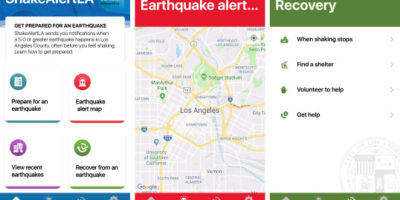The Power of A/B Testing: Making Data-Driven Decisions
In today’s fast-paced digital marketing landscape, making informed decisions is crucial for staying ahead of the competition. This is where A/B testing, also known as split testing, becomes an invaluable tool. Whether you’re optimizing a website, crafting compelling email campaigns, or fine-tuning mobile apps, A/B testing provides actionable insights that can significantly enhance your performance metrics.
What is A/B Testing?
A/B testing is a method of comparing two versions of a webpage, app feature, or marketing asset to determine which one performs better. The original version is known as the “control,” and the modified version is the “variant.” By randomly splitting your audience into two groups and exposing each group to either the control or the variant, you can objectively measure which version yields better results based on predefined metrics such as conversion rate, click-through rate (CTR), or user engagement.
Why is A/B Testing Important?
Data-Driven Decisions
The most compelling benefit of A/B testing is the ability to make data-driven decisions. Rather than relying on intuition or guesswork, you obtain concrete evidence about what works best for your audience.
This reduces risk and increases the likelihood of effective decision-making.
Enhanced User Experience
A/B testing helps you identify what resonates with your audience. Whether it’s the color of a call-to-action button, the wording of a headline, or the layout of a webpage, small tweaks can lead to significant improvements in user experience. A better user experience often translates into higher engagement and increased conversions.
Cost Efficiency
Investing in an untested marketing strategy or website change can be costly. A/B testing allows you to experiment on a smaller scale before committing significant resources.
By identifying the most effective strategies early on, you can allocate your budget more efficiently.
Continuous Improvement
The digital landscape is ever-evolving, and so should be your strategies. A/B testing creates a culture of continuous improvement.
By regularly testing and iterating on different aspects of your marketing and UX/UI design, you can adapt to changing user preferences and market trends.
Key Elements of A/B Testing
Hypothesis
Every A/B test should start with a clear hypothesis. What do you aim to discover or prove? For instance, “Changing the color of the ‘Buy Now’ button from blue to red will increase the conversion rate by 10%.”
Segmentation
Proper audience segmentation ensures that your test results are statistically significant. Randomly assign users to either the control or variant group, ensuring that external factors do not bias the results.
Metrics
Define clear, quantifiable metrics to measure the success of your test. Common metrics include conversion rates, click-through rates, bounce rates, and time spent on page.
Analysis
After running the test for a sufficient period, analyze the data to determine which version performed better.
Use statistical significance to ensure that the results are not due to chance.
Implementation
Once you have conclusive results, implement the winning variant. Monitor the performance to ensure that the improvements are sustained over time.
A/B testing is a powerful methodology for making data-driven decisions that can significantly enhance user experience, optimize marketing strategies, and improve ROI. By embracing a culture of experimentation and continuous improvement, businesses can stay ahead in an ever-competitive digital landscape. Whether you’re a seasoned marketer or a startup founder, integrating A/B testing into your decision-making process is a step toward achieving greater success.





